In a world characterised by political uncertainties, the automotive industry provides one global constant – the onward march of China’s new car market.
China overtook the US as the world’s biggest car market in 2010 and last year consolidated that position with 25.7 million cars sold – that’s eight million more than the US. Chinese car buyers are flocking to SUVs and city cars, especially local market electric vehicles; while, at the other end of the affordability scale, demand for luxury models rocketed.
For China, however, last year was actually a modest one, with growth of just 2% compared with 2016, but the contrast with the US was stark. A total of 17.2 million units were sold in the US, 300,000 fewer than in 2016. This was the first time sales have tailed off there since the 2008 recession.

The damage to the US market was wrought in the summer when SUV and pick-up sales dipped.
All of the data featured below comes from automotive industry analyst JATO Dynamics. Most of the figures are actual year-end sales, but in some cases include December forecasts. This is because the final month’s official figures in some markets can take a while to filter through.
Luxury cars boom, sports cars decline:
Demand in China made the luxury car market the biggest-growing segment in the world last year. Cadillac and Lincoln were the major winners, alongside Porsche.
Car enthusiasts won’t be so pleased to see the sports car market take such a hit, but declining demand for the Chevrolet Corvette and Ford Mustang hit the segment hard.

People carriers and vans continued their respective slides in popularity, with a decline of up to 10% globally for MPVs being more than offset by the growth of SUVs, which swelled by nearly 12%.
About 27.6 million SUVs were sold in 2017, making up a quarter of all global sales.
The top ten nations: winners and losers in 2017:
We have already discussed China’s onward march as the biggest car market. In contrast, the UK went into retreat in 2017 with the biggest percentage drop of any global market, down 5.4% to 2,902,754 sales as a result of economic uncertainties and new motoring taxes.
The decline at least wasn’t sufficient to push the UK behind France, where 2,539,826 cars were sold, but a drop of 166,000 units repeated in 2018 alongside a rising French market would put the UK’s position under threat.
EV sales are up, but market share is tiny:
Much has been written about global electric vehicle sales accounting for 1% of the total global market in 2017, a significant indication of the growing acceptance of battery-powered vehicles. But JATO’s numbers suggest this isn’t quite the case.
“The final figures are still not confirmed,” says JATO global auto analyst Felipe Munoz, “but preliminary data shows 581,000 EV cars were sold – that’s about 0.8% of the global market.”

So close, but no cigar, to reaching the 1% considered the ‘tipping point’ for a technology to become permanent.
In its run-out year, the Nissan’s Leaf Mk1 lost its number-one crown the cheaper BAIC EC, a little-known Chinese EV with a 20kW battery and price tag starting at £17,000. That the executive-priced Model S also outsold the Leaf is a testament to the power of Tesla’s appeal.
China’s ZD Zhidou was fourth, outselling the Renault Zoe and Tesla Model X.
SUVs on the march to world domination:
“Yes, they are taking over the world, everywhere,” says Munoz. “It is a long-term trend that is now also impacting India, Brazil and south-east Asia.”
Every SUV market segment is growing, with the biggest expansion coming from mid-size and large SUVs. In China, a number of 5+2 and full seven-seat SUVs were launched last year.
Which countries are buying the most electric vehicles?
With 332,994 EVs sold, China was the number-one market last year, well ahead of the US and Europe. “Demand also doubled in 2017 in China,” says Munoz, “while US interest was 14% lower.”

Supercars still make a bang:
The gold standard for loud and expensive fast cars remains the Porsche 911 with 30,700 examples sold last year, an increase of 4% compared with 2016. In fact, the 911 dominates its segment like no other model – the second best- seller is the Mercedes-Benz SL with 5800 units (down 14%).
Ferrari and Aston Martin enjoyed year-on-year sales growth of 10.1% and 58.1% respectively. Lexus made a remarkable jump up the charts. The LC (5700 sales) grabbed third spot from the Mercedes-AMG GT (5100 sales).
Total global volume was 75,400 units, a year-on-year rise of 5.3% – highly respectable given that this is a segment of cars with starting prices around £80,000.

The demise of the three-box saloon:
The rise of SUVs has historically meant a corresponding slide in conventional saloons. And although isolating sales of four-door saloons from those of hatchback and estate body styles is not easy, JATO’s figures suggest that trend continued globally, with the exception of China.
Three of the four main saloon/hatchback/estate segments in China actually expanded last year: mid-size (10% year-on-year growth), executive (14%) and luxury (109%). Only the compact segment decreased (-5%).
The opposite is true in America, where all four segments posted declines, and Europe, where both mainstream and premium compact and mid-size segments fell.
Luxury is buoyant – all thanks to China:
Mercedes-Benz S-Class - 72,613 sales - The great secret success story of global luxury car sales is Cadillac. Invisible in Europe, the storied US brand has three models in the global luxury top ten best- sellers list.
The explanation, according to JATO Dynamics, is the rapid growth in the number of billionaires in China.
Cadillac XTS - 60,980 sales - Mercedes’ mighty S-Class takes top spot, as always, but its lead over the Cadillac XTS narrowed last year.

When Lincoln is included, there are two American brands in the top five. Where are Rolls-Royce and Bentley? Of course, it’s all down to price and volume.
BMW 7 Series - 55,990 - More food for thought: there’s a case for including the Range Rover in this list – it would feature in the top three if it did. Also consider Jaguar, as it readies a new XJ saloon, which is expected to be pure electric. It would need to find 25,000-plus units to enter the top five.
Europe recovers: Germany top, UK falls:
Growing sales in Italy, Spain, Poland, France and, to some extent, Germany and France put Europe’s new car market back on track. Germany was top, with 3,432,928 cars sold. SUVs became the biggest-selling segment in 23 of 29 Western European markets, according to JATO, largely at the expense of MPVs, which lost 11% of market share.

“Most of Europe is enjoying economic stability, which improves consumer confidence,” says Munoz. Even sales in Greece, where the economy was wrecked by the debt crisis, improved by 15%.
But there are some warning signs for 2018: Italian sales last year are suspected of being boosted by self-registrations.
5 global market trends that shrank in 2017:
This might sound like a nightmare football World Cup result, but not often does the UK new car market come unstuck to minnows such as Mexico and Puerto Rico. Due to the sales slide at home, the UK ended 2017 as the market with the third-biggest year- on-year percentage decline. The bow wave of Brexit and poor euro-sterling exchange rates hit Ireland even more acutely, with buyers choosing used imported cars over new ones. The US also suffered, with a 1.9% decline.
The death of a home-grown car industry:
Last year the sole remaining local production plant in Australia was closed. What went wrong? “Demand for Australian-built vehicles has been in a continuous decline since 2006,” says Munoz.
He lists three main reasons. First, plants pumped out saloons and pick-ups that catered specifically to the local market and couldn’t be exported.

Second, the industry didn’t switch to SUV production to match changing tastes. Just one local SUV, the Ford Territory, ever went into production, despite SUVs accounting to 45% of the Australian market.
Third, Munoz says poorly drawn free-trade agreements excluded the automotive sector – resulting, for example, in Thailand becoming a regional hub for pick-up exports.
Sports cars: demand in some areas dwindling:
Highlights of the sports car segment were continuing strong sales of Mazda’s fine-handling MX-5 (nearly 40,000 units), while Porsche’s 718 family was also on the up.
Abarth’s new 124 Spider had a strong first year of full sales, claiming 10th spot, and fell only just short of the well- established Mercedes SLC. Meanwhile, Toyota’s GT86 found new support as it approaches run-out years.
But, overall, the segment suffered from a drop in demand for US muscle cars, led by the Ford Mustang and Chevrolet Corvette, and, in Europe, the Audi TT.

EMERGING MARKETS:
Last year was a good one for the 12 countries considered to be emerging markets, which increased total sales by 7%.
India lifted sales by 400,000 cars and rose above Germany as the fourth-biggest global market.
Emerging markets have historically suffered from volatile economies, with new car sales falling dramatically in response, but JATO suggests this may be the in the past.
This year, the battle for brand leadership among emerging markets will be intriguing. CanVWand Toyota close on market leader Renault-Nissan?
US pick-ups and SUVs: a love affair that goes on and on and on:
Last year, US car sales fell by 1.9%, driven by drops in all car segments. The only two segments that posted an increase were the top two, SUVs (+5.8%) and pick-ups (+4.8%) according to JATO.
Both segments combined accounted for 57% of total US sales, an increase on 2016.
The reasons? Low petrol prices, bigger ranges of models and local production. JATO’s analysts expect this trend to continue in the coming years.
Read more
Audi A3 review
Audi TT review

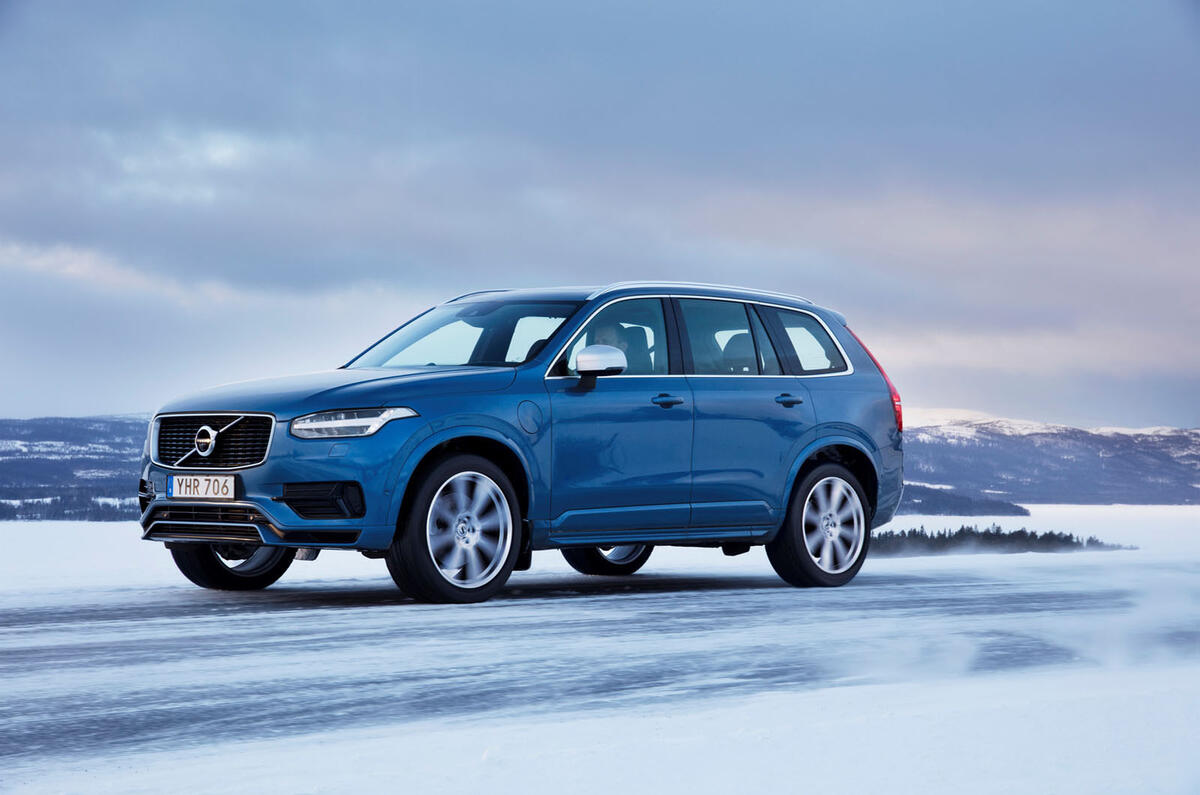
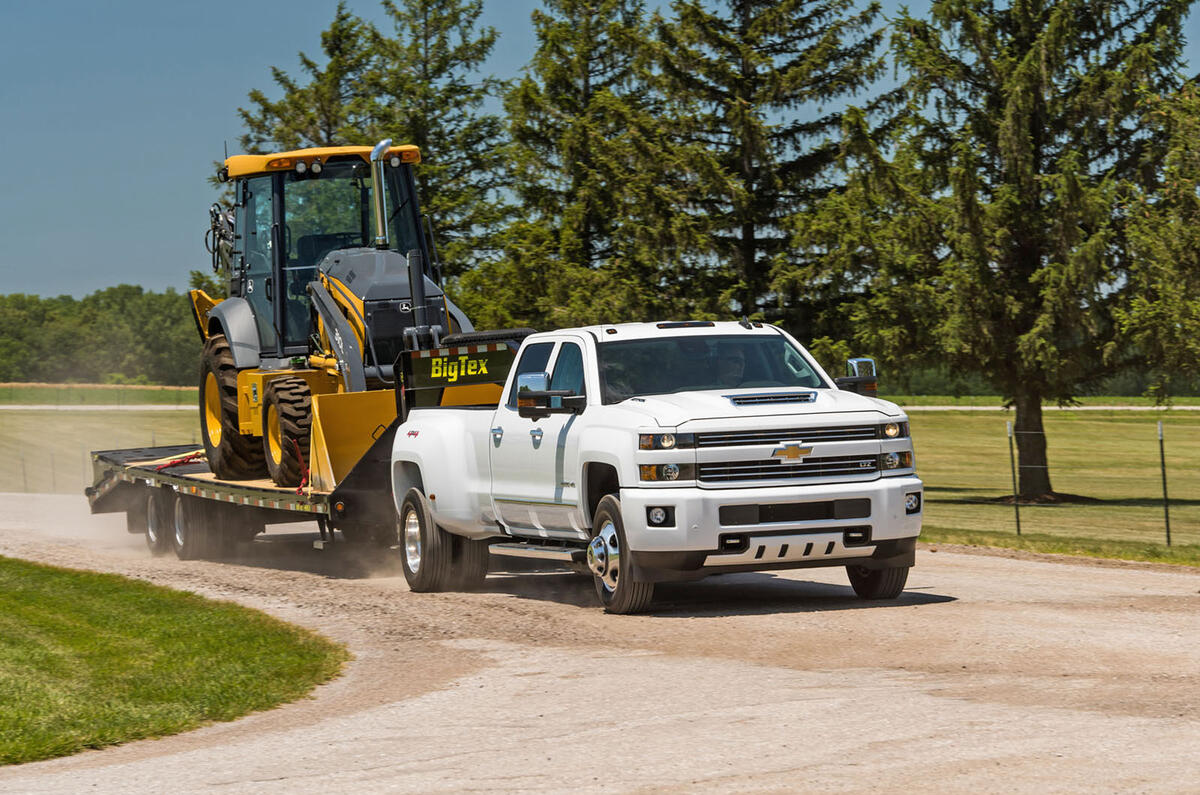
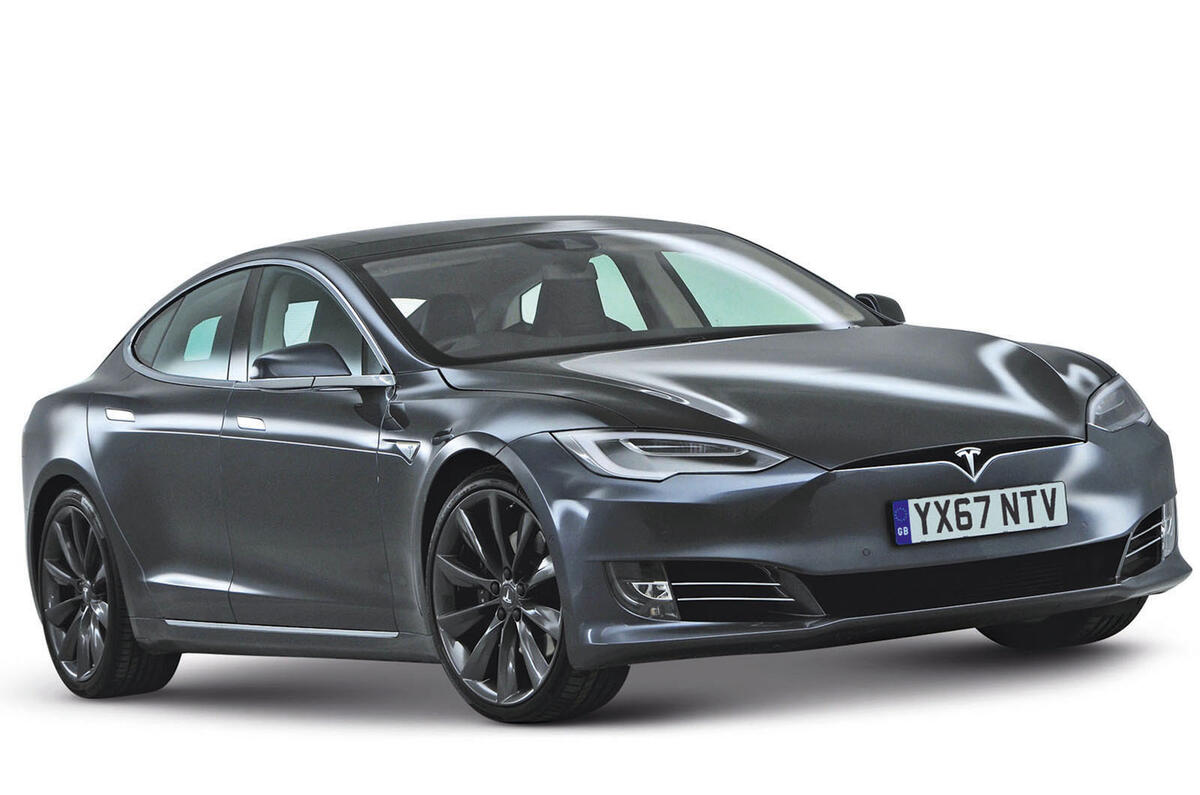
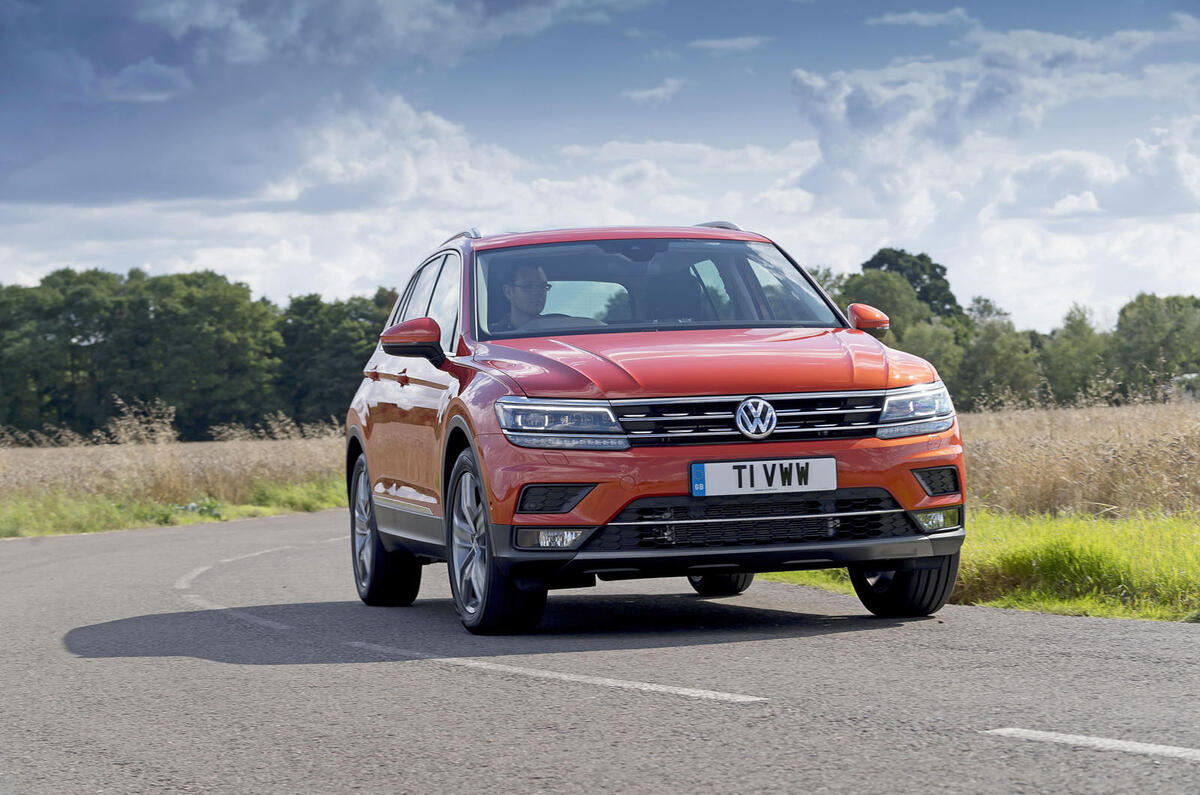
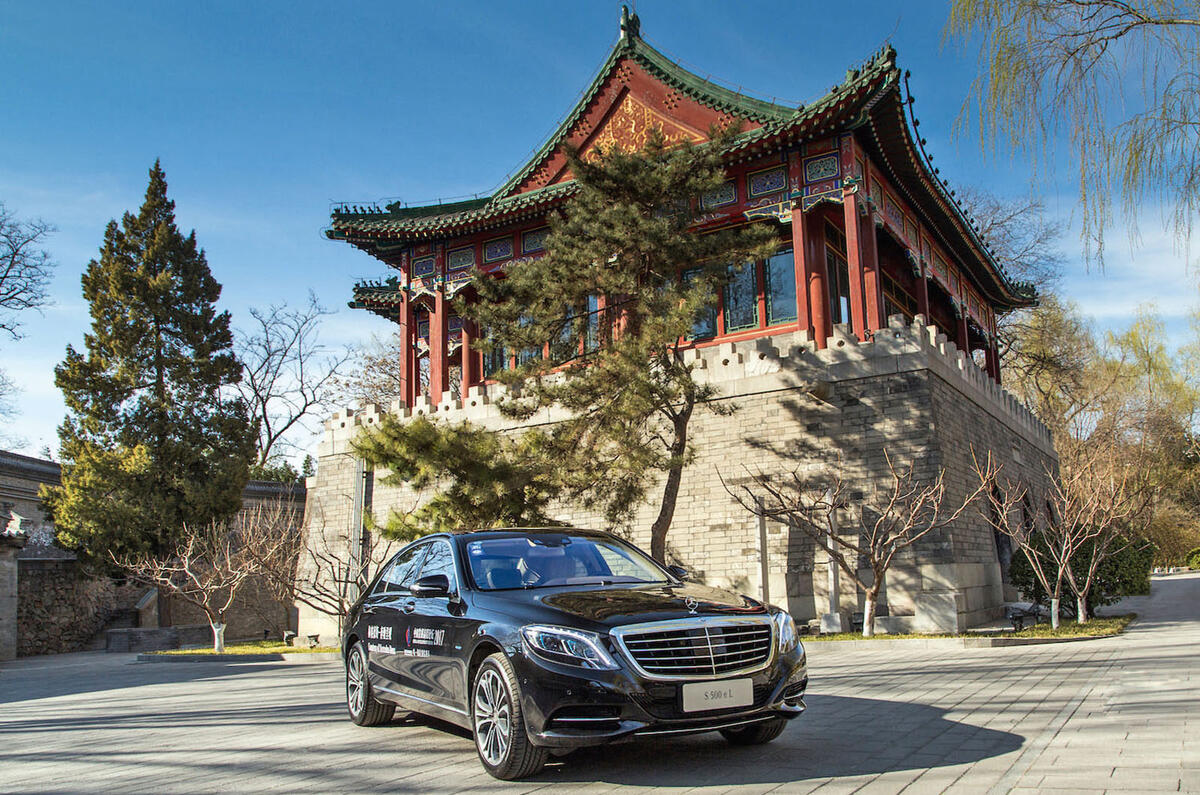
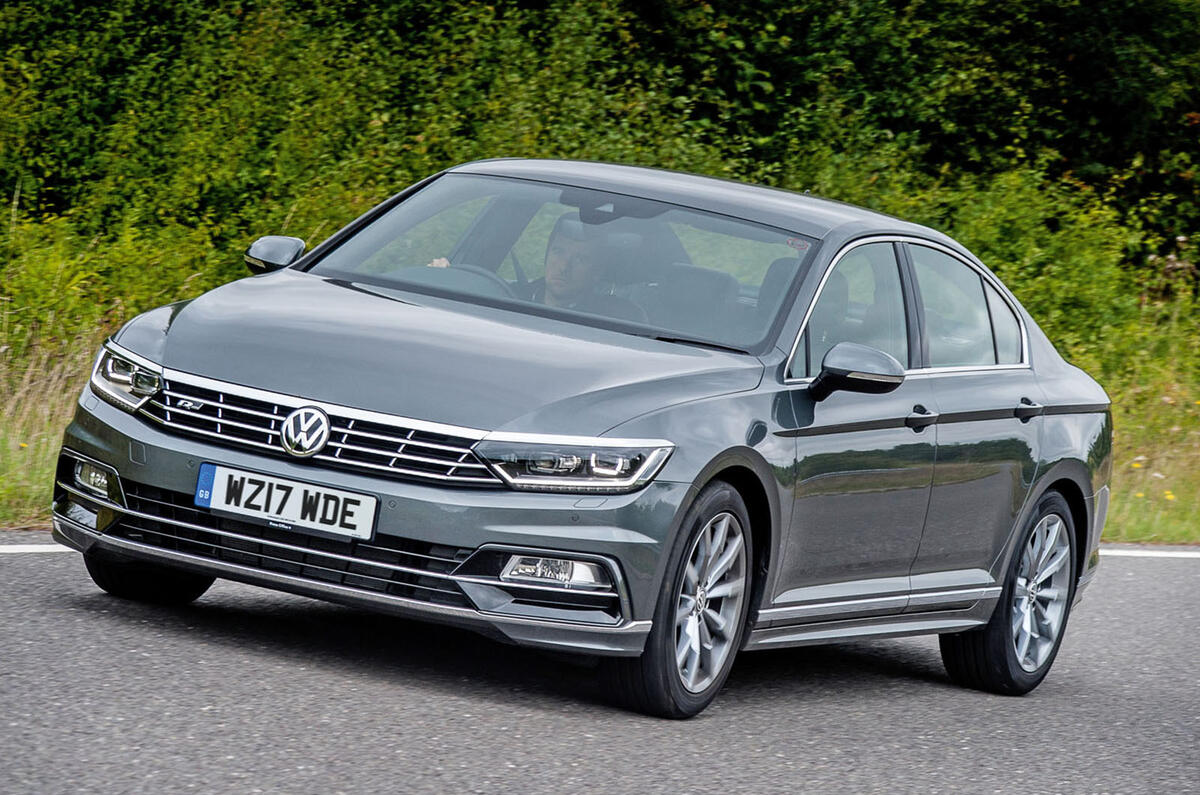
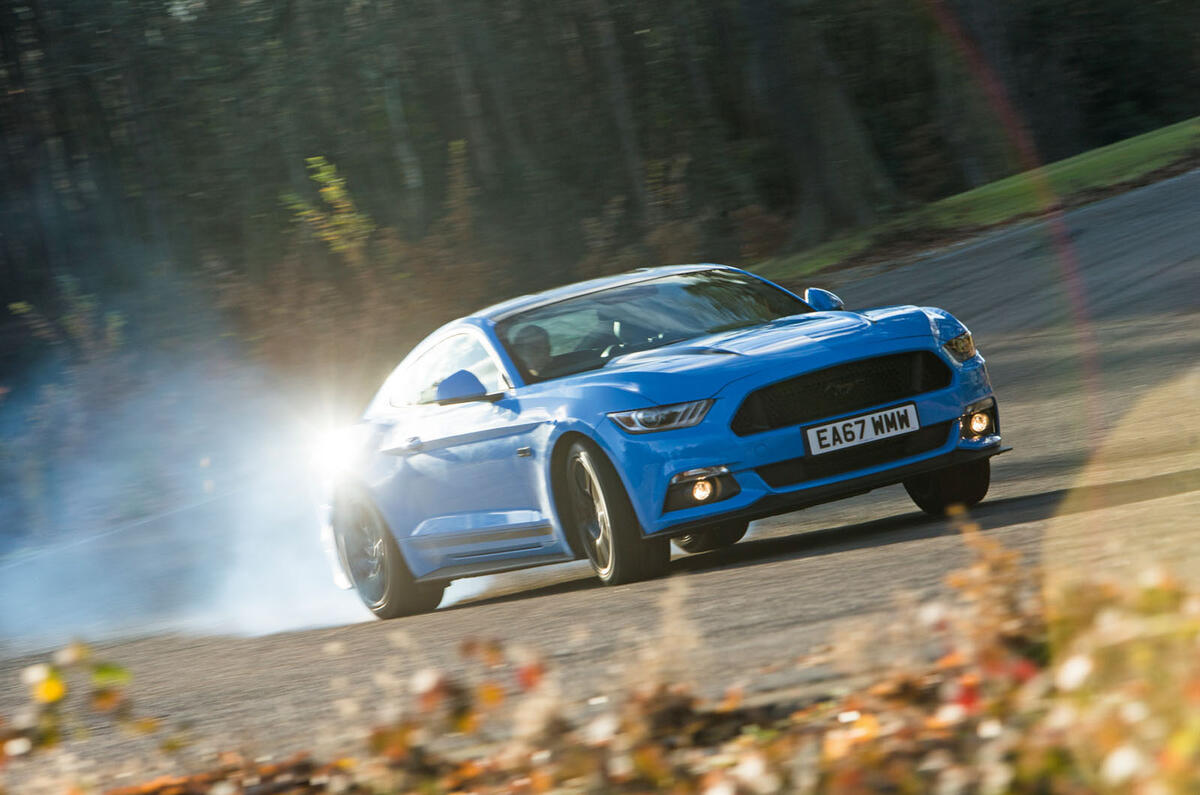
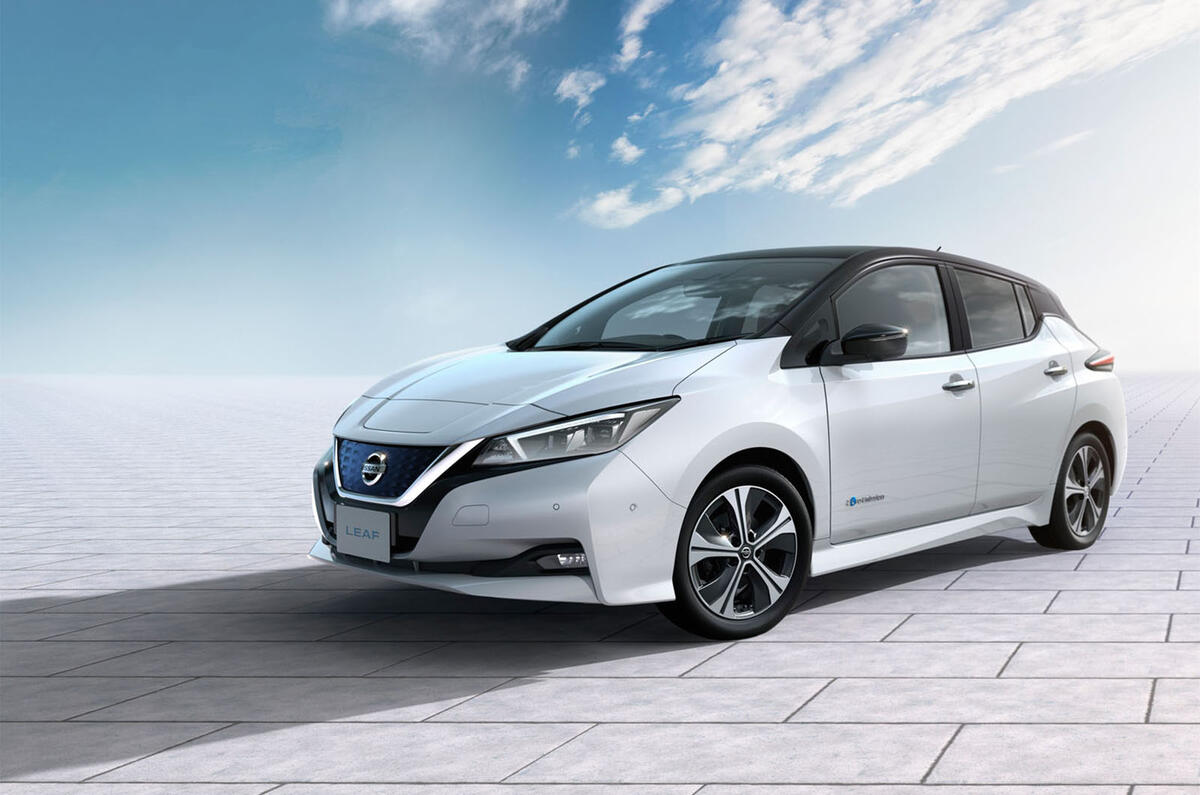

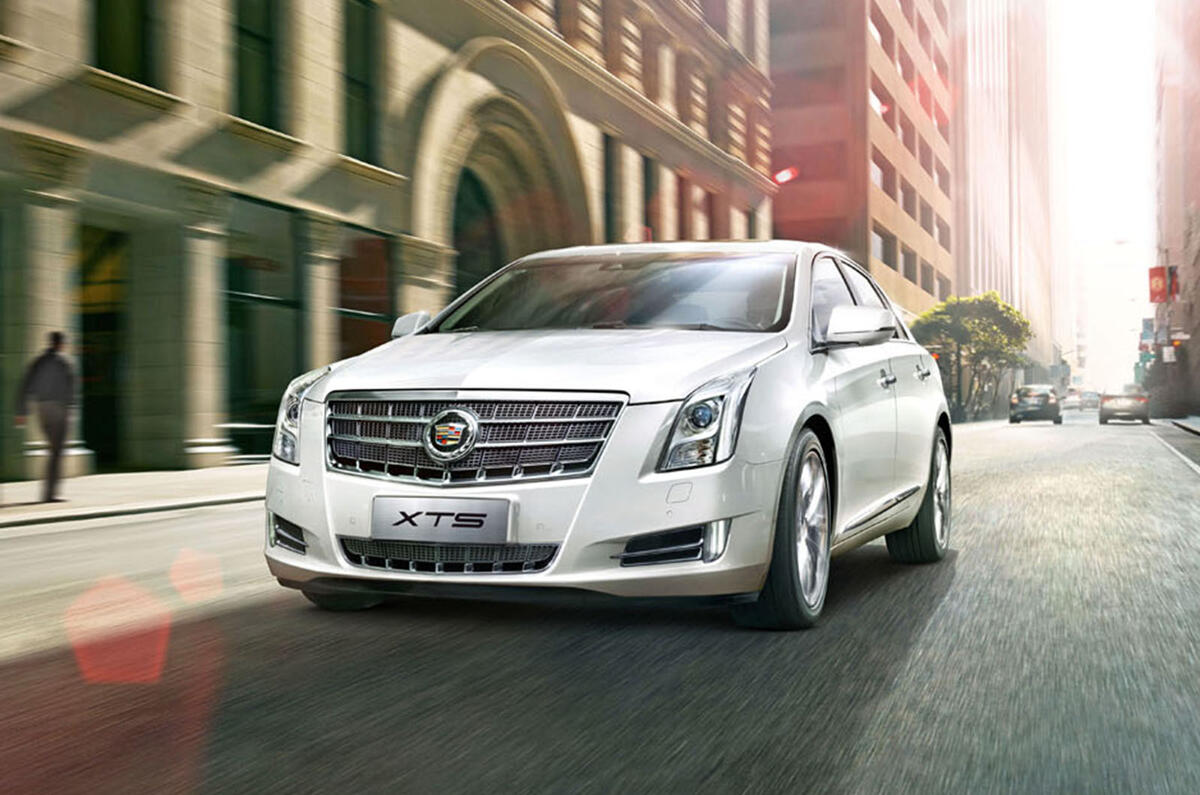
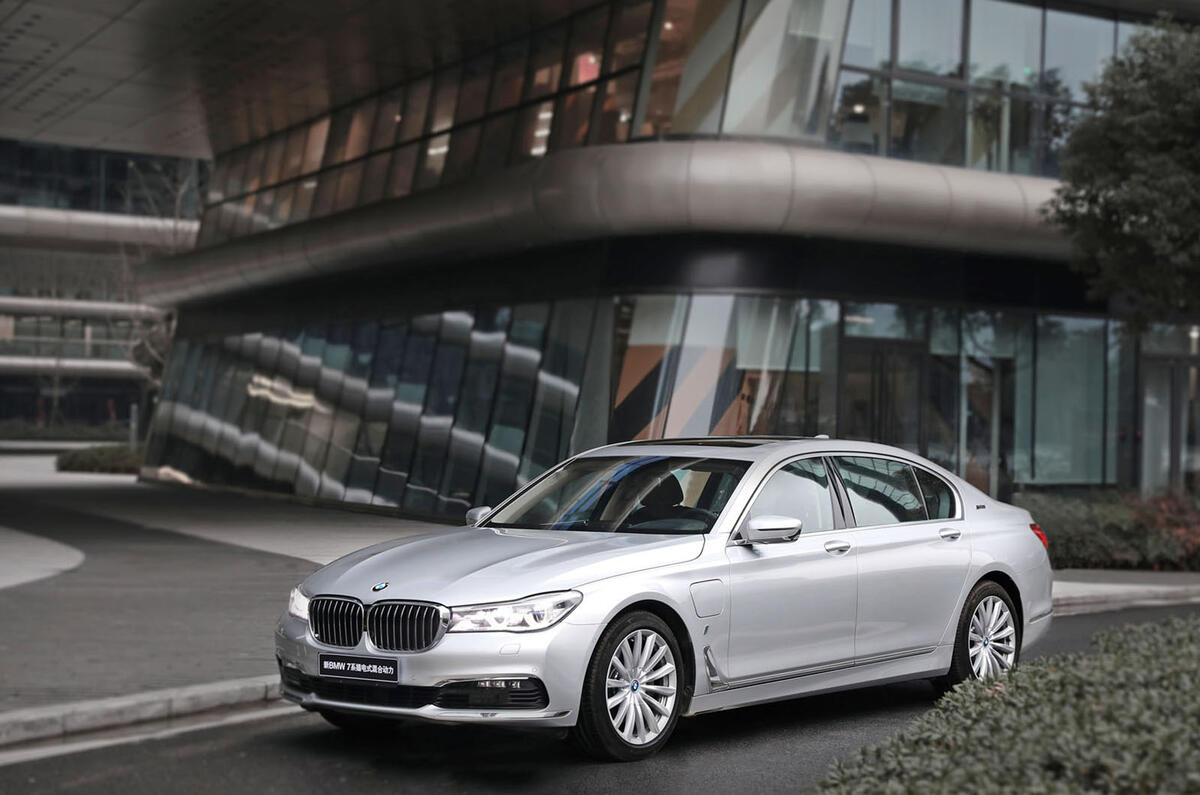
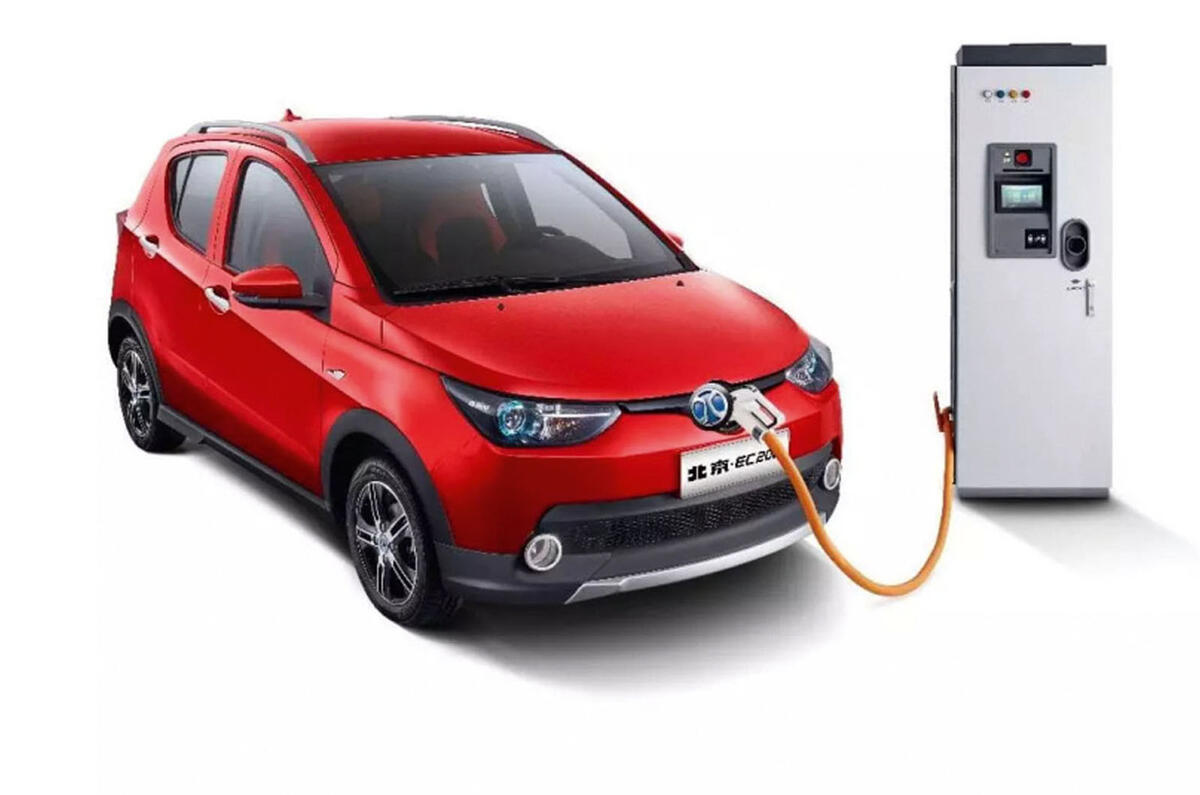

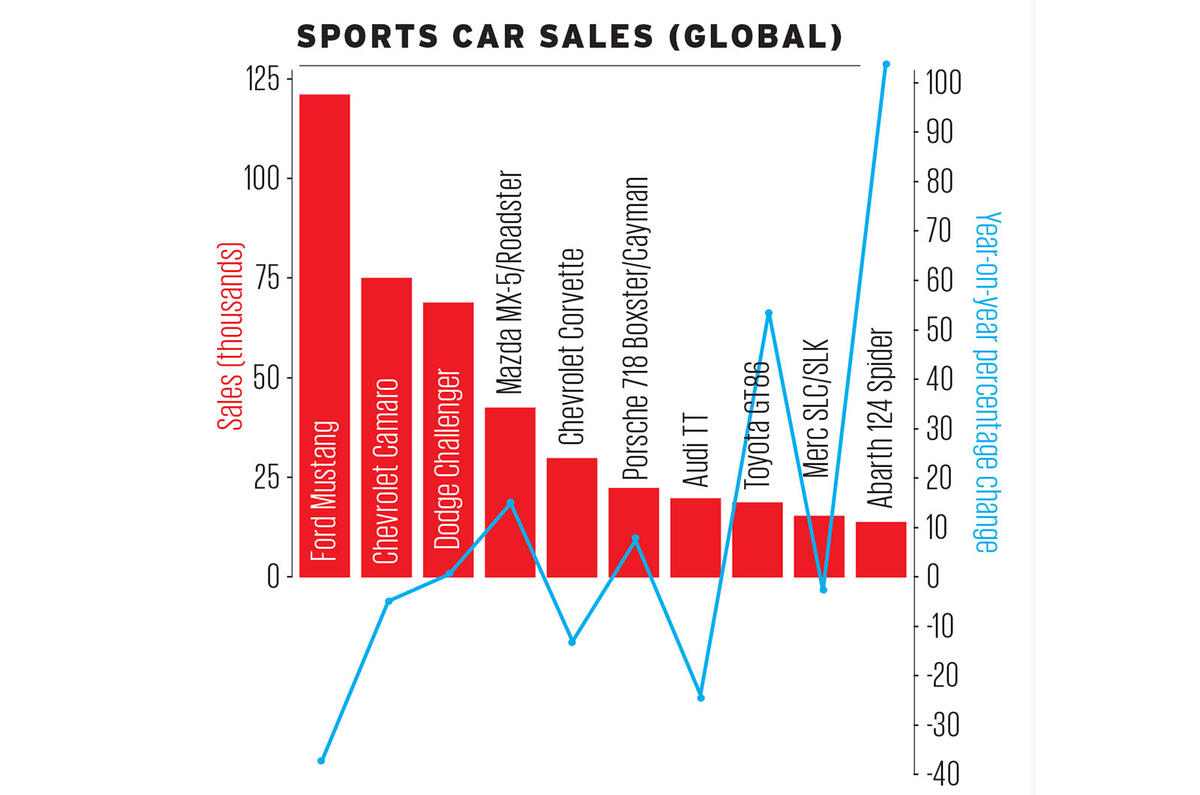
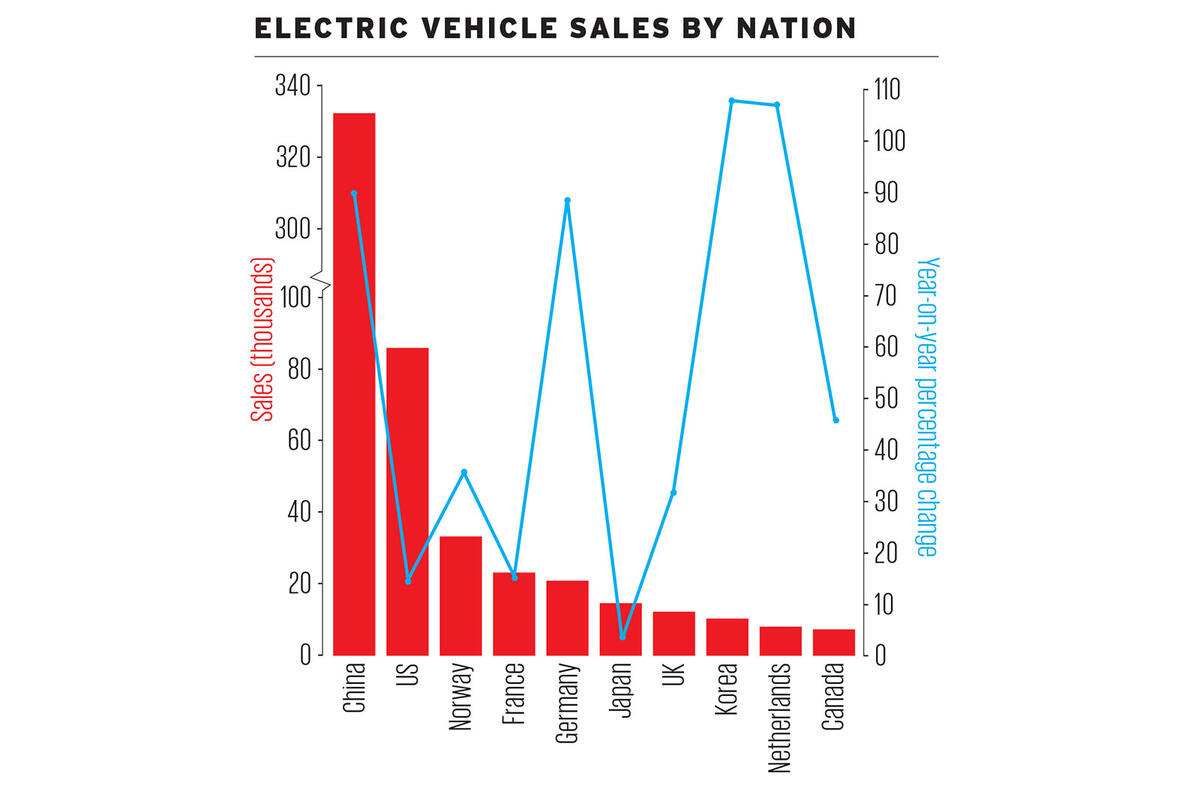
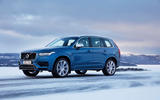

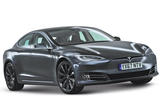
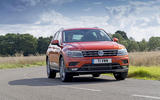
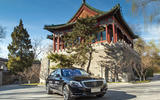
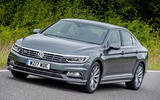
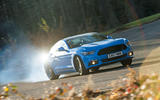
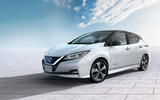



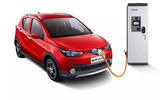
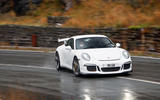

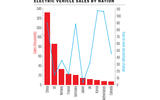


Join the debate
Add your comment
Brexit
quick, how do we blame the drop in USA sales on brexit?
Not Brexit's fault - yet
What might concern you is when the UK, having left the EU and being in a weak position, seeks a free trade deal with the USA and is told that, due to the 'America First' priority, JLR must either build in the USA the 100,000 cars a year that it sells to the USA or face a 20% tariff on them.
It's the people in Sunderland who probably deserve your sympathy as 82% of the cars they build go to the EU and if no free trade deal is struck, production there may no longer be viable. Nissan are looking at Slovakia as a possibility - following the JLR lead...
NavalReserve wrote:
JLR moved to Slovakia because the EU pasid them to move there, in order to damage British manufacturing and reduce available jobs in Britain. They did that nearly a full year before the Brexit vote even took place, so it was nothing to do with a reaction to Brexit, it was pure malice and hatred of Britain. If the EU doesn't want to take Sunderland's cars after Brexit is completed then the British people will buy them and the EU can keep all their VWs, Renaults, Fiats, BMWs, Mercedes, Fords, Citroens and so on. We'll have the Nissans, Toyotas and Hondas built here. I'm sure we'll get used to the improved reliabiity given time.
So taking out China and it's
That is completely feeble.
What sort of tipping point is that?
eseaton wrote:
China's incentives aren't particularly "immense", they're 10% of the car's value. That's actually less of a discount than the Leaf and Zoe get here in Britain. China is a special case for several reasons - EVs are cheaper to build there because it's where most of the battery industry is based, the government sets stricter emissions mandates for manufacturers, there are far more models on sale there than anywhere else (the vast majority by local brands), and the public are more conscious about air pollution because there's visible smog in the cities.
If you take China entirely out of the picture then EVs comprise 0.5% of sales, per the data Autocar cites. Which, yes, is still pretty shit. It will improve as the tech does (the Model S is one of the world's best-selling £70k+ cars regardless of powertrain), but governments and manufacturers probably need to step up their game too.
If only Autocar (and other publications) would...
...take note and only devote 0.3% of their output to EVs. Guess they're finding ICEs boring - let's hope JLR don't release an EV soon - the magazine (and Cropley's garage) will be full of it.
When this SUV madness is past
When this SUV madness is past, future historians will have an interesting time trying to analyse its market dominance, trying to answer why so many people bought something that's heavy, aerodynamically & fuel inefficient, didn't use them for their intended off-road purpose etc. etc.
The rise of the hatchback can easily be justified, because they offer accomodation of a family on a small footprint, with the added versatility of the rear bench convertible into a boot. But SUV?
abkq wrote:
Why should something tagged as an SUV have off road credentials or ability? Perhaps the sport bit is stretching it but the utility vehicle can mean anything.
abkq wrote:
Have a look at a progression of automobile shapes from the 1920s to the 1980s and you will see how seating height for passengers and driver gradually dropped until in the 1980s seats were not far off the road, and cars were relatively low and sleek. Some vehicles resisted this trend. (Look at London cabs for instance. This was the ultimate "city car" - here you'll see a type of transportation where passenger and driver stayed at much the same height from the road for decades.) What we are seeing in faux SUVS is really just a return to where things were, post-war. We traded height for handling; now we're saying give us back the height and we'll accept less handling prowess. I guess if we are going to spend lots of time in our cars, not going anywhere fast, we might as well be comfortable getting in and out of them, and seeing past other traffic and obstacles.